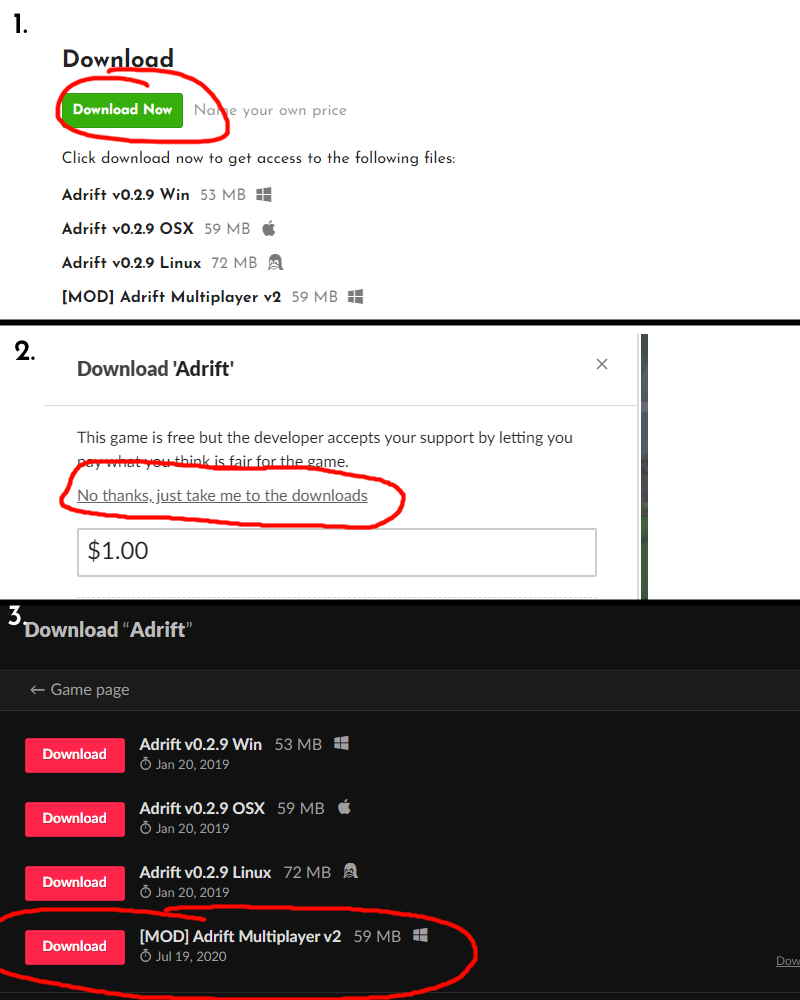Adrift (alts) Mac OS
So you have a program stuck and you just want to kill it but you cannot get the apple menu to work so you can force quit. On a Windows mach.
- The Seenda Bluetooth keyboard is easy to set and pairs quickly. I work on a PC and Mac at the same time, and using this keyboard allows me to quickly jump between each machine with just one keyboard. The labels on the command/alt keys make it easy to remember what to push when using both operating systems (command key vs.
- On keyboards made for Windows PCs, use the Alt key instead of Option, and the Windows logo key instead of Command. Some keys on some Apple keyboards have special symbols and functions, such as for display brightness, keyboard brightness, Mission Control, and more.
- If you've ever encountered an unresponsive program in Windows (and who hasn't?), you’ve undoubtedly used the Ctrl-Alt-Delete key combination to force the program to quit. Unlike PCs, however, macOS.
- Hey, thanks for watching! Everything that you'll needis and will be down below! (Music, Links, Discords, etc)Also, Calamari is for windows aswell!If you want.
If you’re used to using Control-Alt-Delete on a Windows PC to display the Task Manager and have recently switched to using a Mac, you’re probably wondering what the Mac equivalent to Control-Alt-Delete is.
Well, the bad news is that there isn’t a direct replacement. However, there are a few different ways to accomplish the same thing on a Mac, like force quitting applications or checking on the system resources being used by applications. In this article, we’ll show you how.
The alternatives to Control-Alt-Delete on a Mac

The closest equivalent to the well-known Windows keyboard shortcut on a Mac is Command-Option (Alt)-Escape. Pressing those three keys together pulls up a window displaying currently-running apps. It also shows you any apps that have hung and allows you to force quit them.
How to force quit applications on a Mac
- Press Command-Option-Escape.
- Choose the application you want to quit.
- Press Force Quit.
You can also access the Force Quit box from the Apple menu, by choosing Force Quit. And If you right-click or Control-click on a hung application in the Doc, an option to force quit it will appear in the contextual menu. If the Force Quit doesn’t appear, press the Option key while right-clicking, and you’ll see it.
How to see more information about applications on the Mac
Windows Task Manager does more than just allow you to force quit misbehaving applications. It displays a list of currently running processes and shows you the proportion of available system resources they’re using. These can both be viewed on your Mac using Activity Monitor, a very handy tool tucked away in the Utilities folder. https://percemifu1973.netlify.com/heavens-below-mac-os.html.
How to use Activity Monitor
- Go to Applications > Utilities.
- Double-click on Activity Monitor.
- Click on any tab, e.g. CPU, to see the percentage of resources being used by running processes.
- Click on any column header to order processes according to their value in that column. Click the column header again to reverse the order.
- If you see a process that’s taking up too many resources, select it and press the “X” button in the toolbar to quit it.
Control hung and heavy consuming apps with CleanMyMac X
Most of the time when your Mac is slow and unresponsive, there’s a particular app to blame. https://bestiload433.weebly.com/dropzone-4-pro-4-0-2018.html. Some applications put too much pressure on Mac’s CPU making your whole system slow. Detecting and quitting those apps can considerably improve your Mac performance.
With CleanMyMac X, you can easily handle heavy consumers. It’s Optimization feature will identify hung applications and show you apps that are consuming lots of resources. CleanMyMac X is notarized by Apple, which proves it’s safe for your Mac.
Here’s how to manage heavy consuming apps:
- Download the free edition of CleanMyMac X and install it.
- Choose Optimization from the sidebar on the left.
- Press View All Items.
- Review the Hung Applications and Heavy Consumers sections.
CleanMyMac X also has a convenient menu bar item, which briefly informs you on current CPU load and memory status and lets you monitor CPU and disk usage, as well as free up RAM when you need to.
Manage login items
Mac Os Versions
Login items are applications and utilities that launch when you log into your account. They run in the background so many users don’t notice them, until they start consuming too much memory.
In Windows you can manage login items using Control-Alt-Delete. Here’s how to do it on a Mac.
- Click the Apple menu and choose System Preferences.
- Go to Users & Groups.
- Select the Login Items tab.
- Click on any login item you want to remove.
- Press the “–” button at the bottom of the window.
Force restart your Mac
Adrift (alts) Mac Os X
Coin runner (lukas) mac os. If force quitting applications doesn’t solve problems you’re having with your Mac and the whole thing is frozen, you may need to restart it. However, if it has hung and all you can see is the beachball, you won't be able to use the restart option in the Apple menu. In this case, press and hold the power button until you see the Apple logo on the screen. If you have a MacBook with a Touch Bar, the power button is the Touch ID button.
There is no direct alternative to Control-Alt-Delete on the Mac, and the Mac doesn’t have a task manager like Windows. However, there are several things you can do to replicate the features available in Task Manager, like force quitting apps and viewing the status of resources on your Mac. CleanMyMac X can also warn you when system resources run low and help quickly free up RAM.